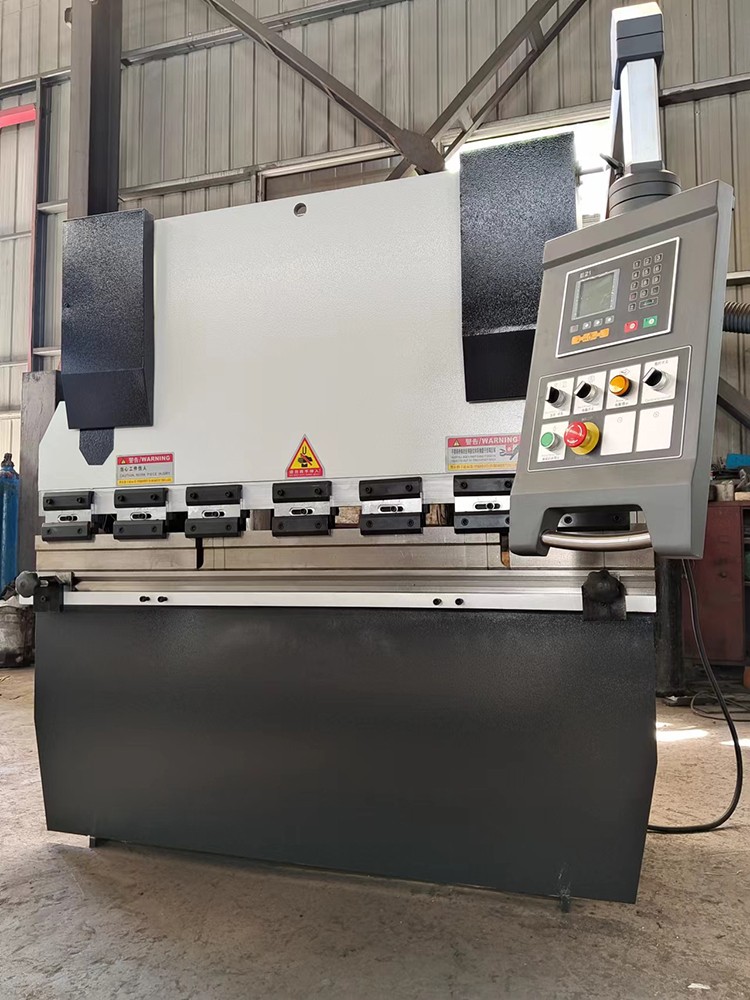

We are a specialized manufacturer of bending machines with more than 10 years of experience in the industry. Today, we would like to introduce you to the application of digital twin technology for bending machines:

In the process of intelligent transformation of modern manufacturing industry, digital twin technology is reshaping the traditional bending processing mode. As a key link between the physical world and the digital space, digital twin technology gives the bending machine a new way of operation and optimization path. By constructing a virtual mapping of the bending machine, this technology realizes the whole life cycle management of the process, which significantly improves the production efficiency and product quality.
The architecture for the application of digital twin technology on a bending machine consists of three core layers. The physical layer consists of the actual bending device, sensor network and control system, which is responsible for real-time acquisition of device operation data. The virtual layer uses 3D modeling and simulation algorithms to build a digital model that corresponds exactly to the physical device. The connectivity layer ensures real-time data interaction and synchronization between the two worlds with the help of IoT and cloud computing technologies. This architecture allows operators to preview the machining process in a virtual environment and identify potential problems in advance.
In the process planning stage, digital twin technology shows unique advantages. Engineers can simulate the bending process of different materials in a virtual environment and predict possible problems such as springback and deformation. By adjusting variables such as mold parameters, bending speed and pressure, the system is able to automatically optimize the processing scheme. This virtual debugging greatly reduces the cost of trial and error in actual production, and is especially suitable for small-lot, multi-variety flexible production needs. For complex shaped workpieces, the digital twin system can also automatically generate the optimal bending sequence to avoid process conflicts.
Equipment operation monitoring is a typical application scenario for digital twins. Various types of sensors installed on the bending machine continuously collect data such as vibration, temperature, pressure, etc., and synchronously update them to the digital model. The system evaluates the health status of the equipment in real time by comparing the deviation between the actual data and the theoretical values. When abnormal vibration or elevated temperature is detected, the digital twin system can warn of potential mechanical failures in advance, prompting maintenance personnel to intervene in a timely manner. This predictive maintenance approach effectively avoids unplanned downtime and extends equipment life.
In terms of quality control, the digital twin technology enables full process traceability. The bending parameters, equipment status and environmental conditions of each product are fully recorded, forming a digitized process file. When quality deviations occur, the system can quickly retrace every step of the production process and pinpoint the root cause of the problem. This traceability is especially important for critical medical devices or aerospace components, providing a reliable guarantee of product quality.
Personnel training is another important application of digital twin technology. New operators can learn to operate the bending machine in a virtual environment and familiarize themselves with the processing characteristics of various materials without occupying the actual equipment. The training system is able to simulate various abnormal situations, allowing trainees to acquire troubleshooting skills. This immersive training ensures effective learning while avoiding the wear and tear and safety risks that can be associated with hands-on training.
Currently, bending machine digital twin technology still faces several challenges. The data interface standards of equipment from different manufacturers are not uniform, which affects the compatibility of the system. Real-time simulation under complex working conditions requires high computational resources and more efficient algorithm support. In addition, the digital encapsulation of process knowledge still requires the accumulation of industry experience. However, with the development of 5G communication, edge computing and other technologies, these limitations are gradually being broken through.
In the future, digital twin technology will be deeply combined with artificial intelligence to form a more autonomous intelligent bending system. By learning from historical data, the system can automatically optimize process parameters and adapt to the processing needs of new materials and products. The digital twin platform will also be migrated to the cloud to realize the collaborative optimization of multiple equipment and factories. These developments will further promote the evolution of bending processing in the direction of intelligence and flexibility.
Digital twin technology is changing the traditional bending processing model, providing a practical path for the digital transformation of the manufacturing industry. Through the construction of virtual and real integration of the production system, this technology not only improves the operational efficiency of a single piece of equipment, but also reshapes the value chain of the entire production process. With the continuous maturity of the technology, digital twin will become the standard of intelligent manufacturing, and promote bending processing into a new stage of development.
If you are interested in bending machine, please contact us.
 Address:Room 1202, Detaitang Building, No. 118 Huaguang Road, Zhangdian District, Zibo, Shandong
Address:Room 1202, Detaitang Building, No. 118 Huaguang Road, Zhangdian District, Zibo, Shandong WhatsApp:+8615653328535
WhatsApp:+8615653328535 Wechat: +8615965331535
Wechat: +8615965331535  E-mail:zs@sdsmachinery.com
E-mail:zs@sdsmachinery.com